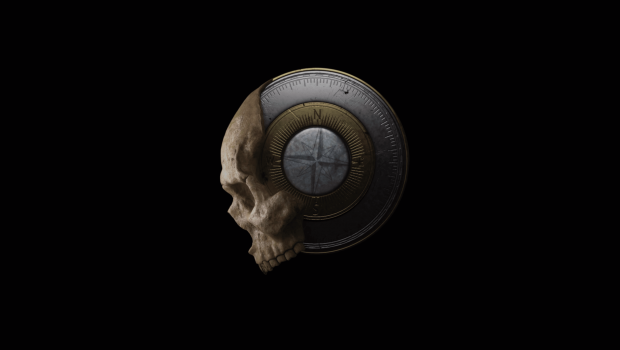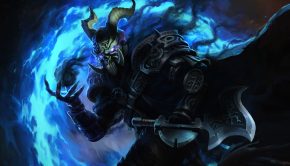The Dark Pictures Anthology: Man of Medan review
Summary: The Dark Pictures Anthology: Man of Medan offers up fun frights and a solid choice-based horror experience - especially when played with others on the same couch.
3.4
Fright Night
The rise in popularity of interactive choice-based narrative video games this console generation – particularly for lovers of horror drama – owes a lot to 2015’s Until Dawn.
An ode to teen slasher/horror flicks featuring clueless teens in a remote setting, beset by psychological and supernatural threats, Supermassive Games ticked every box in terms of cinematic (and deliciously cheesy) storytelling, social gaming and making every decision made by the player matter – while changing the story in several unique ways.
The Dark Pictures Anthology: Man of Medan is Supermassive’s latest foray into the interactive horror sub-genre and their first multiplatform franchise, taking on an anthology-style format where a different game is released every 6 months, each with their own unique story and cast brought together by the common thread of the Curator, a creepy show ‘host’ that appears before, during and after story segments to tease the player about their numerous decisions.
These sort of games require multiple playthroughs to appreciate the depth of choice and branching narrative that is their main appeal. After playing through once solo and once with my friends, Man of Medan doesn’t quite reach the heights of its more meaty predecessor – but it certainly was a fun social gaming experience worth playing if you’re a fan of the genre.
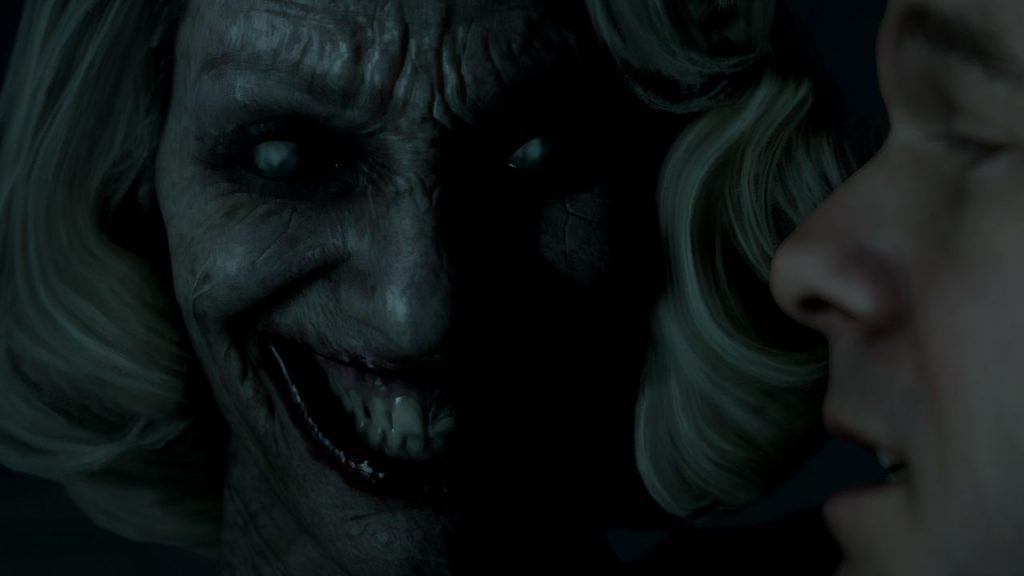
Man of Medan tells the story of four young American tourists and a local French Polyensian boat captain who travel to the middle of the South Pacific Ocean for some deep sea diving – for the relatively innocent hope of sighting some long-lost relics and sunken treasures of the past. A raging storm and unknown hostile threat turn their trip upside down, however, and force the group to confront an otherworldly danger that none of them are anywhere near prepared for.
The opening minutes of the game briefly puts players in the shoes of a young American soldier travelling home at the end of World War II on a ship – the SS Ourang Medan – full of Chinese gold in what amounts to a soft tutorial, when disaster strikes and the entire crew and ship is lost with all hands. Our present day heroes know about the lost vessel, but nothing prepares them for the reality.
As expected from the developers of interactive horror classic Until Dawn, the mystery of the story’s main threat is carefully kept at arm’s length, the revelations meticulously paced, and the lingering suspense as bizarre, frightening and head-scratching as the eventual revelation turns out to be. In terms of presentation, creepy foreshadowing and eerie sound design, it’s best played at night. There are plenty of genuinely unexpected frights to be had thanks to smart environmental details and audio cues, alongside a slew of cheap, but still effective B-movie shocks that gets the heartbeat racing and the friends on the couch screaming. The game’s continuous usage of both psychological and supernatural imagery ultimately elevate the teased threat – and encourage different interpretations of exactly what each character believes they’re fighting.
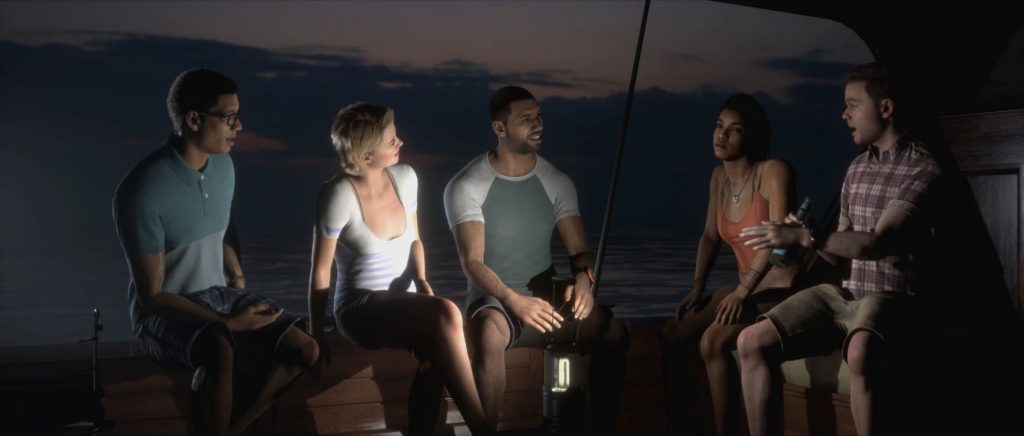
The playable cast are deliciously mismatched in their personalities for maximum potential drama. Brothers Alex (Kareem Tristan Alleyne) and Brad (Chris Sandiford) are polar opposites in every way, with the older sibling headstrong and insecure while the younger capable but reserved. Alex’s girlfriend Julia (Arielle Palik) is adventurous and playful, but not as enamoured with her alpha male partner as he likes to think. Her protective older brother Conrad (Shawn Ashmore) is the flirty joker with a heart of gold. Rounding out the cast is Fliss (Ayisha Issa), the stern but brave captain that acts as the voice of reason and logic. While all five start off with preset traits, the choices players make determine which trait is dominant – and how others will judge their actions.
I personally enjoyed the ‘default’ dynamic the core cast held with each other, especially in the opening chapters which are slower in pace and take the time necessary to endear you to one or the other, learn their quirks and potential flaws. There were a few awkwardly voiced interactions and redundant conversations early on that felt a lot less interesting than Supermassive Games’ previously masterful efforts in building group rapport in Until Dawn, but the acting and their relationships get better deeper into the story as the supernatural danger becomes apparent. I found the quieter moments where the group banters with each other (and which provides opportunities to get on each other nerves) in between the tense standoffs and high-stakes chase scenes to actually be the most entertaining parts through my two playthroughs, though the ending duel of life or death struggle was exciting and masterfully paced.
The core gameplay of Man of Medan is experienced from a third-person perspective. As an interactive choice-based narrative, you’ll need to choose between certain actions (or inaction) and select dialogue options during key portions of the game’s story. Your choices branch the dynamic narrative into different directions, with other characters reacting to your decisions. Keeping up with the nautical theme, Man of Medan tracks each major decision under 12 ‘Bearings’, which documents what your choices are and how they may affect future encounters.
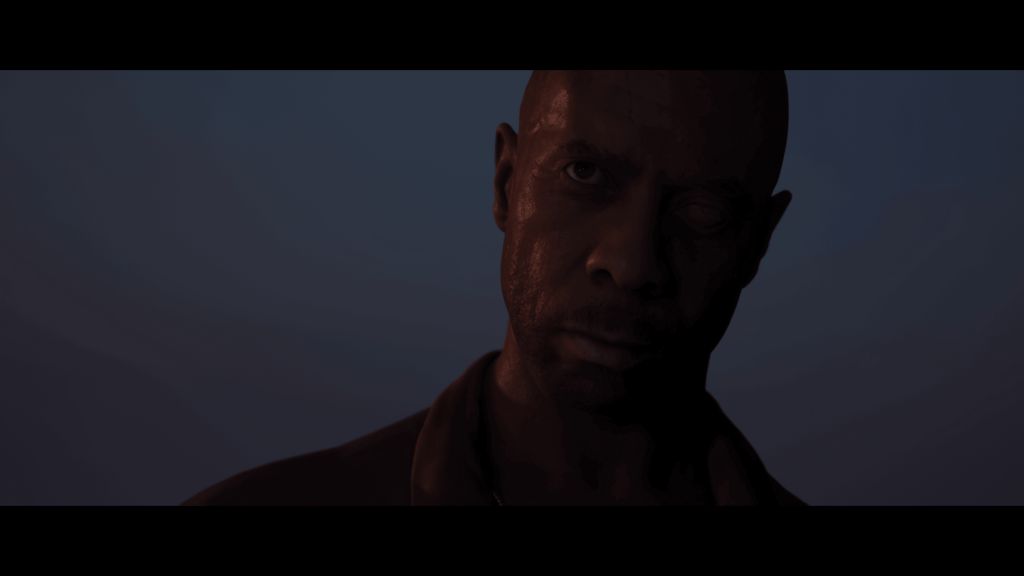
In my first playthrough, I played Conrad as a cocky loudmouth tourist and many of my seemingly innocent quips resulted in some wildly violent consequences. When I returned for a second playthrough and opted for a more serious hero, it opened up a new path for Conrad, separating him from the rest of the cast and changing the main story considerably. However, while I was impressed with the changes in dialogue and character placement with Man of Medan’s key decisions, the majority of main story scenes played out far too similarly and in the same linear fashion, dampening my enthusiasm for a third or fourth playthrough. Compared to contemporaries like Detroit: Become Human’s complex branching scenes, expectations should be kept in check here.
During action sequences, the game imposes quick time events (such as pressing a button at the right pace to maintain your calm, or precise timing of multiple buttons to avoid being hit), and many scenes have an unseen timer that keeps you constantly on your toes to make choices fast. The main objective is to get the entire cast through the night alive and intact, which is no easy feat given the many obvious (and more unexpected) ways your group can get killed. One detail I appreciated were the various states of damage characters carried throughout the story depending on certain choices; my poor Fliss didn’t exactly make it through without some nasty bruises, and Conrad would have killed me after the torture I put him through just for a couple of smart-ass insults.
Fair warning to perfectionists – this isn’t a game you’ll enjoy if you absolutely must get every choice ‘right’ the first time. Many life-and-death choices in Man of Medan aren’t as clearly telegraphed as Until Dawn, and the QTE sections are sometimes unexpected and unforgiving. I lost two characters to mis-timed button presses and one to an innocent-seeming dialogue choice, though it was clear I chose the wrong path upon completing the game, encouraging multiple playthroughs. Tucked away in the settings is the option to make QTEs never time out for the less dextrous, though you still have to get the exact button prompt right to succeed.
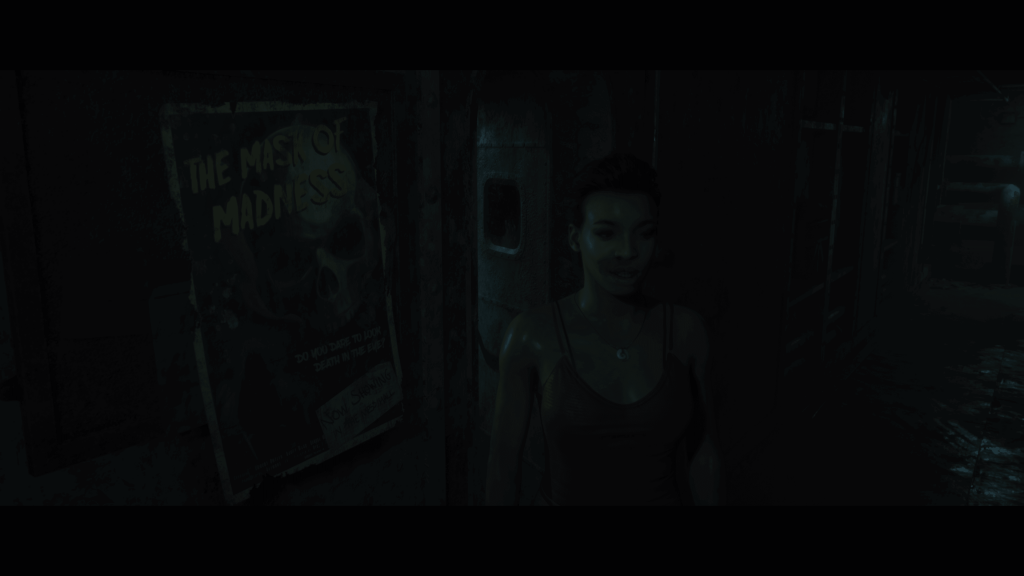
You’ll also take direct control of the five main characters in between the more dialogue-heavy scenes, having free reign to explore the abandoned ship as well as Fliss’s boat to find and indulge in background lore (documents, letters, pictures, etc). The most interesting of these is the dark picture collectibles that provide you with brief premonitions of potential deaths, to help steer your choices towards character survival – though oftentimes they’re deviously lacking context.
Personally, I found most of the actual secrets (collectibles) to be fairly uninteresting overall. The writing for the supplementary lore lacks the punch and intriguing mystery that the horror setting and the supernatural threat to the characters deserves. There also appears to be a number of examinable items that lack any significance or insight into the story, and they felt like objects meant to artificially pad the exploration experience. It doesn’t help that character movement overall feels awkward, slow and annoying to manage, especially when moving room to room.
What makes Man of Medan – and future releases in The Dark Pictures Anthology – potentially more compelling than other games in the genre is its recognition of the target market. Plenty of friends, family and partners play these interactive story-based games together, and Supermassive Games have wisely built the game around this emerging audience in three gameplay modes: Play Alone, and the two multiplayer variants – Movie Night and Shared Story.
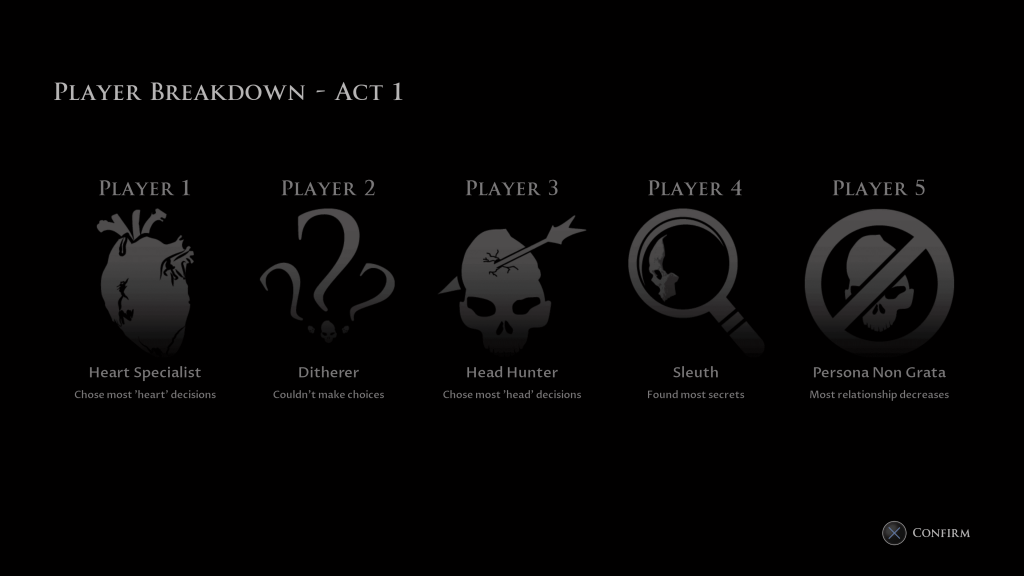
Shared Story is an online mode which allows you to play with another friend, while Move Night is the couch co-op experience I always wanted from Until Dawn. 2-5 players are assigned to a key character and pass the control around once their turn comes. At the end of each story act, the game presents some fun stats summarising each player’s habits or achievements – my partner held the distinction of ruining the most relationships and failing the most QTEs, much to my amusement. It’s great these sorts of social gaming experiences are accommodated in Man of Medan, but it is dampened a bit by the uneven distribution and length of character scenes. My friend who played Brad didn’t get the controller again until 2 hours into the main story, though that was based on our specific choices.
In the visual and sound department, Man of Medan is a feast, especially if you love your cheesy horror dramas. The oppressive darkness and claustrophobic spaces of the abandoned SS Ourang Medan and its deep waters is presented in incredible detail on PlayStation 4 Pro, and the motion capturing for the cast leads to more life-like expressions, though there were a fair few scenes where characters eerily stared out into the distance rather than matching their exaggerated facial expressions. The spooky background music and ambient sound also did wonders to heighten the horror experience, though the same couldn’t be said for all the voice actors, who varied in quality of delivery – with Shawn Ashmore carrying the team. The main characters generally did well in conveying their fear, while the supporting cast felt miscast. The Curator (Pip Torrens) was also a bit of a disappointment, though his recurring role may improve in the future.
Performance-wise, even with launch patches installed (Version 1.02), my two playthroughs of Man of Medan were unfortunately plagued by infrequent stuttering during key cutscenes, which often led to additional lip-syncing and sound issues. Many key story scenes also experience awkward camera angle transitions and pauses in conversation, probably owing to the large number of minor permutations the game accounts for depending on choices. The rocky performance and sometimes stilted dialogue exchanges aren’t a deal-breaker given how great the graphics hold up, but it’s definitely immersion breaking if you’re picky about presentation.
The Final Verdict
The Dark Pictures Anthology: Man of Medan offers up fun frights, thrills and a solid choice-based horror experience – especially when played with others on the same couch. It doesn’t quite reach the heights of Until Dawn‘s masterful B-movie horror storytelling or butterfly effect branching paths, is a little less meaty (with my first playthrough taking around 4 hours) and falters a little in terms of performance. However, Man of Medan’s cinematic presentation, likeable cast and accommodation of multiplayer is a great step forward for the genre Supermassive Games helped pioneer this generation. A strong foundation for future titles to come, and I’m excited to see how the anthology format holds up.
In short, a great weekend binge for fellow horror games fans – play it with your significant other for maximum frights and laughs.
Game Details
Primary Format – Games – Microsoft Windows, PlayStation 4, Xbox One
Game Genre – Interactive drama horror game
Rating – MA15+
Game Developer – Supermassive Games
Game Publisher – Bandai Namco Entertainment


